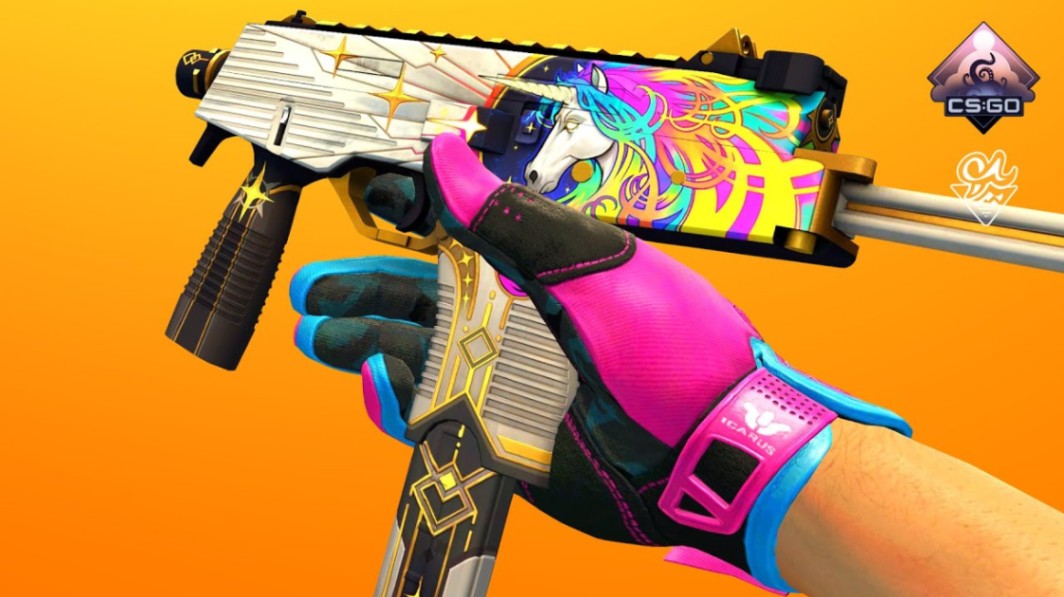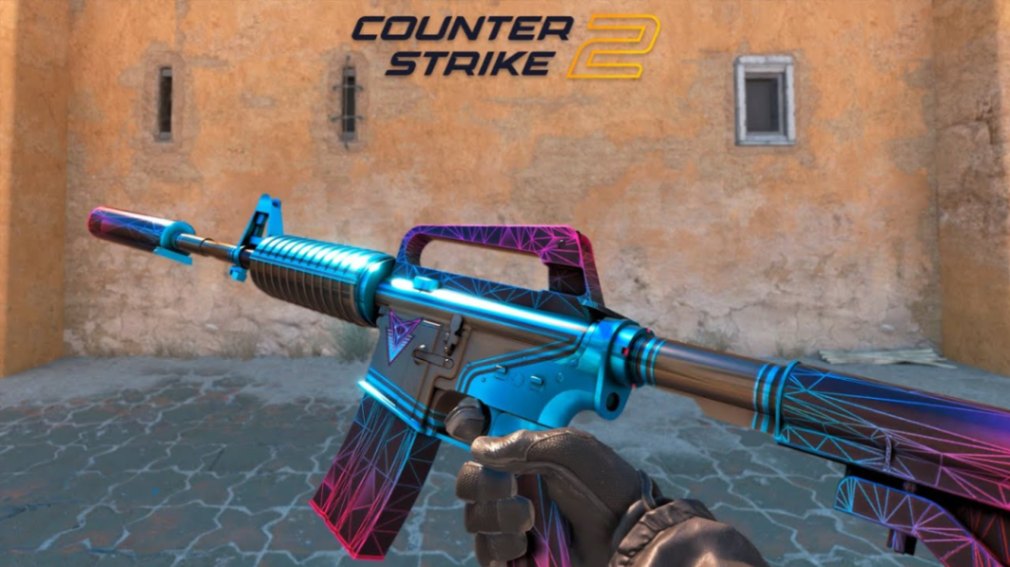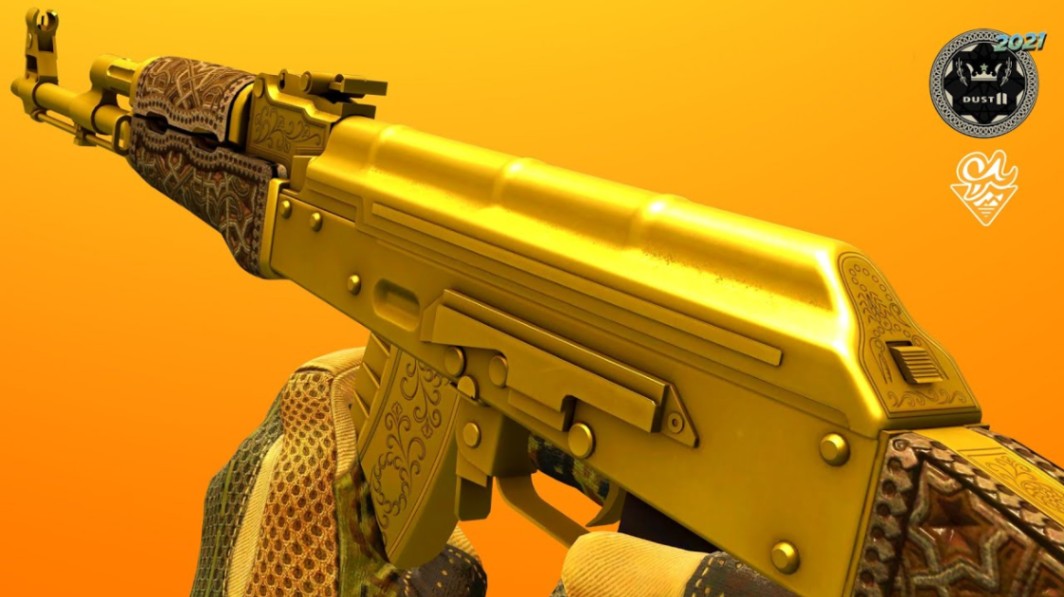CS2 Skin Buffering: How to Prevent Value Loss in 2025
What Is Skin Buffering in CS2?
Skin buffering means selecting, holding, or rotating skins in ways that shield them from sudden price drops or meta shifts.
It’s not flipping. It’s inventory defense — making sure your high-tier investments don’t nosedive when a new case hits or your main rifle gets nerfed.
Think of it like stock market hedging — just with Doppler Phases and float gems instead of ETFs.
Why Skin Values Drop (And How to Read the Signs)
Understanding what causes value loss helps you see dips coming before they hit.
🧨 Case Re-Releases & Over-Opening
Example: Fracture Case flooded in 2023. AK-47 | Legion of Anubis dropped ~20%.
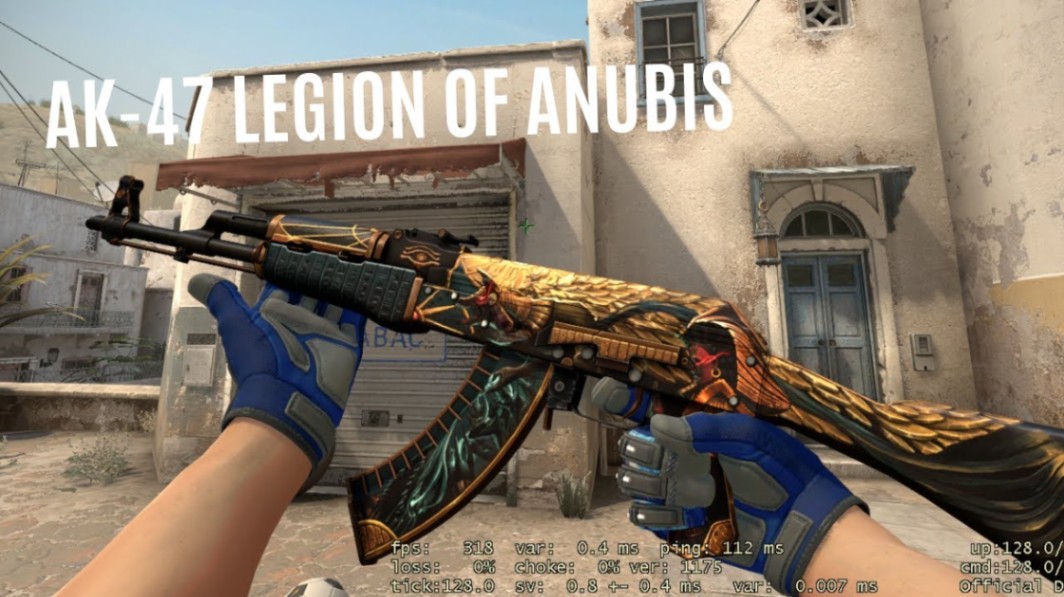
When unboxing spikes, supply overwhelms demand.
🔫 Meta Shifts & Weapon Nerfs
When the M4A1-S got nerfed, skins like Printstream and Hyper Beast dropped sharply.
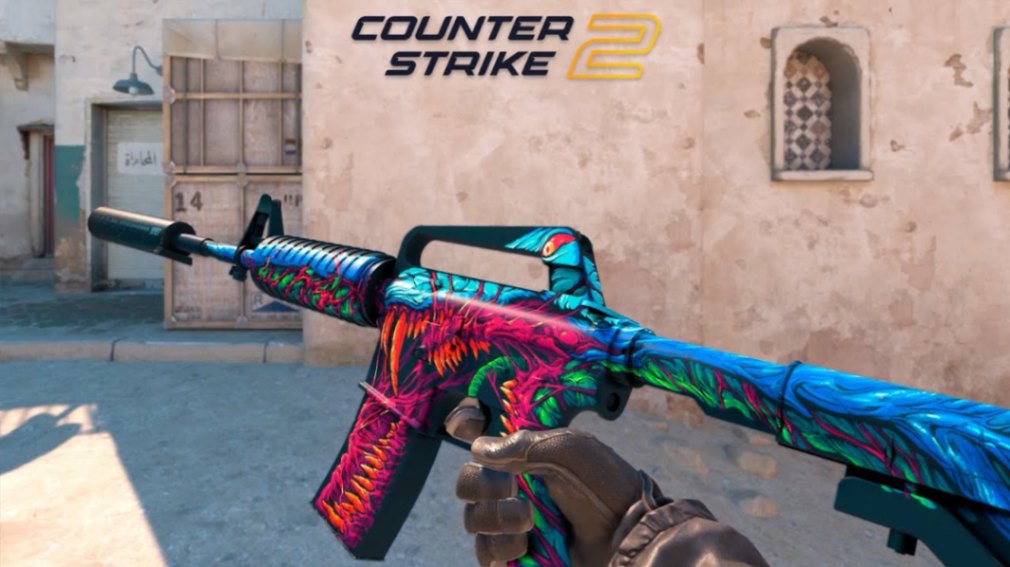
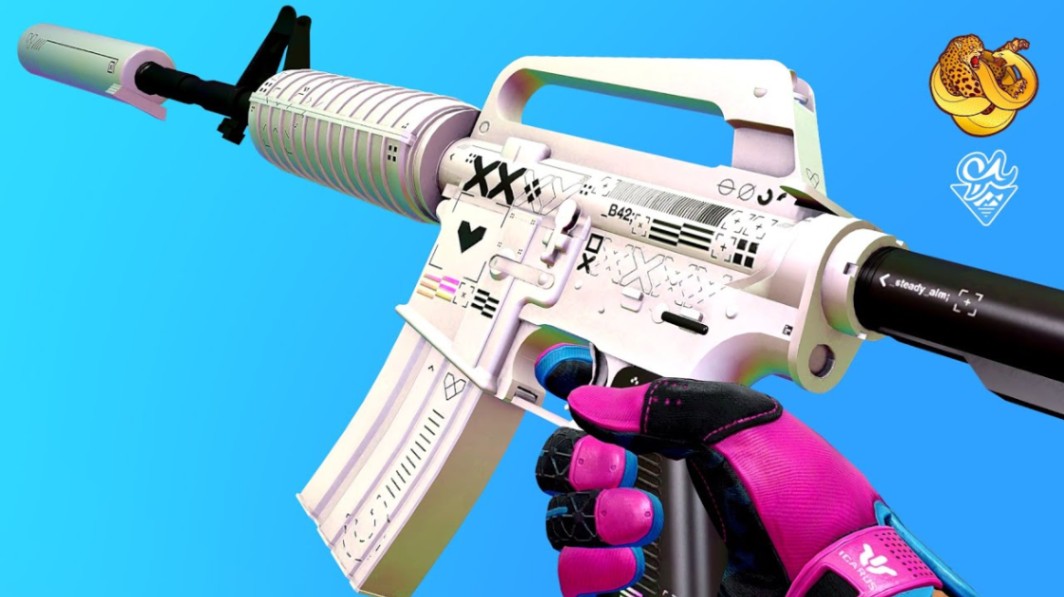
Watch patch notes — they often predict the next dip.
📉 Trend Hype (YouTubers, Skin Combos)
A popular creator’s top 10 video spikes a skin, then it tanks.
Be cautious about skins tied to fleeting hype.
Pro Tip: If a skin just made it into a case you can still drop from matches, watch its market — it's likely to decline.
4 Proven Skin Buffering Strategies
1. Stick to Low-Float Skins
Float matters more than most realize. Lower floats retain value better, especially for FN and trade-up skins.
Float Guide for Buffering:
| Float Range | Grade | Buffer Strength |
|---|---|---|
| 0.00–0.01 | Gem-tier | ✅✅✅ |
| 0.01–0.04 | Low float | ✅✅ |
| 0.04–0.07 | Average FN | ✅ |
| 0.07–0.15 | MW range | ⚠️ |
Example: A 0.0005 USP-S | Cortex will outperform a 0.08 FN in both trade-ups and long-term holding.
2. Prioritize Scarcity and Case-Locked Skins
The fewer that can be unboxed, the better the buffer.
Top Categories for Scarcity:
Operation-only skins (e.g. Control Collection)
Discontinued case drops
Legacy knives like Karambit | Fade
.jpg)
Old-school collections: Dust, Cobblestone, Train 2021
Example: A Factory New MP9 | Starlight Protector from Control holds strong due to its limited drop pool.
3. Rotate Inventory Like a Portfolio
Don’t stack one meta or skin type. Spread your risk like an investment portfolio.
| Category | Example Skin | Why It Buffers Value |
|---|---|---|
| Iconic Meta | AK-47 | Redline (FN) |
| Float Gem | USP-S | Cortex 0.0005 |
| Case Classic | M4A1-S | Decimator (MW) |
| Pattern Hunt | Karambit | Case Hardened (Blue Gem) |
| Cheap Stable | MP9 | Starlight Protector (FN) |
Pro Tip: Add an “exit float” or target sell price in your inventory notes to guide smart rotations.
4. Know When to Exit
Buffering isn’t hoarding. Recognize the signs when a skin’s value is topping out:
Skin jumps 25%+ over buy-in
Patch hits its weapon hard
Surge in Steam listings below floor
Skin sits inactive for weeks on trading platforms
Example: Sold M4A1-S | Decimator after the A1-S nerf — avoided a 30% loss by rotating fast.
Trade-Ups: Smart Buffering or Risky Move?
Used right, trade-ups are a tool — not a gamble.
Buffer-Friendly Use Cases:
Convert low-float fillers from dead collections
Aim for long-term desirable skins (e.g., AWP | Fade)
Offload stagnant mid-tier skins with weak resale
Example: Flipping MW Train 2021 fillers into an AK-47 | Gold Arabesque gave 2x return on dead weight inventory.
Caution: Always check expected outcomes and float caps — don’t wing it.
Skin Storage: The Underrated Factor
Even the best-buffered skin is useless if you lose access.
✅ Best practice:
Store on your main or trusted alt accounts
Use Steam inventory notes or spreadsheets
Track float, pattern ID, purchase date, and price
❌ Avoid:
Leaving rare skins in third-party site inventories
Ignoring backup logs — if Valve changes API rules, you might get locked out
Pro Tip: For high-tier skins (>$500), screenshot trade history and float details as a manual backup.
Key Takeaways
Skin buffering protects long-term CS2 inventory value.
Low-float, scarcity-driven, and meta-stable skins hold best.
Watch case supply, weapon patches, and trends closely.
Rotate inventory like a portfolio — don’t hold dead weight.
Trade-ups can buffer value when used strategically.
Always store and track your skins securely.
FAQ (PAA)
What is skin buffering in CS2?
Skin buffering means protecting your CS2 inventory from value loss by choosing skins that resist market dips — like low floats, scarce drops, or meta-stable items.
Do low-float skins hold value better in CS2?
Yes. Especially for Factory New skins, low float ranges (0.00–0.03) offer better trade-up potential and collector appeal, making them more stable during dips.
Should I hold or sell after a CS2 skin spikes?
If the price has risen 25%+ and there’s no long-term demand driver (like patch buffs or rarity), it’s often smart to rotate out and secure profits.
Are trade-ups a good buffer strategy in CS2?
Sometimes. If you use trade-ups to offload low-float fillers for high-tier targets, it can preserve and even boost value — but it's risk-heavy.
What skins are good for long-term holding?
Operation-only skins, old collection drops, and legacy knives like Karambit | Fade or M9 | Lore often hold value due to their limited supply.
Can third-party sites hurt skin value?
Yes. Leaving rare skins on inactive or insecure trading platforms can lead to lost access, delayed trades, or reduced visibility to buyers.
Author & Update
Written by a CS2 trading strategist with 9+ years in the market.
Updated: October 2025
Prices and liquidity change — check current offers at time of reading.

